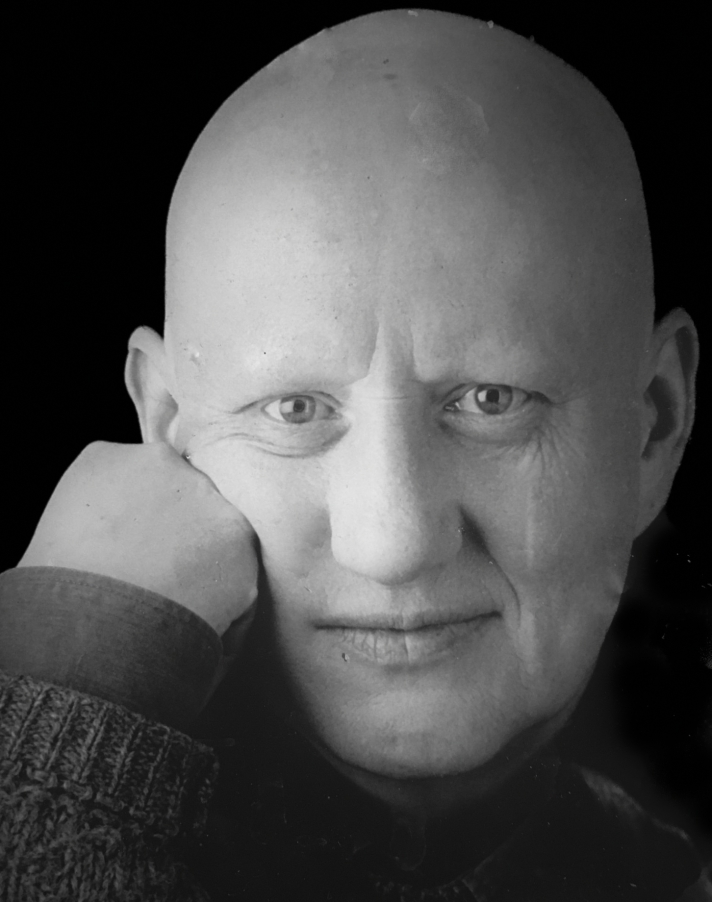Seelengefährte, Geistesgenosse
Faun mit unverschämt schönen Lippen.
Geschunden, ängstlich, tapfer.
Witzig, zärtlich, klug.
Klaus Baum
* 2. November 1942 † 15. Juni 2023
Lord of my Heart. Forever.
Deine Lady Galanga
Marlis Cavallaro
Abschied mit Urnenbeisetzung
Freitag, 21. Juli 2023, 13:30 Uhr
Friedhof Kassel-Harleshausen – Neue Kapelle, Wegmannstr. 46, 34128 Kassel
Gedenk- und Lebensfest nach der Beisetzung
Harleshäuser Friedhof – Alte Kapelle, Stockweg 3, 34128 Kassel

